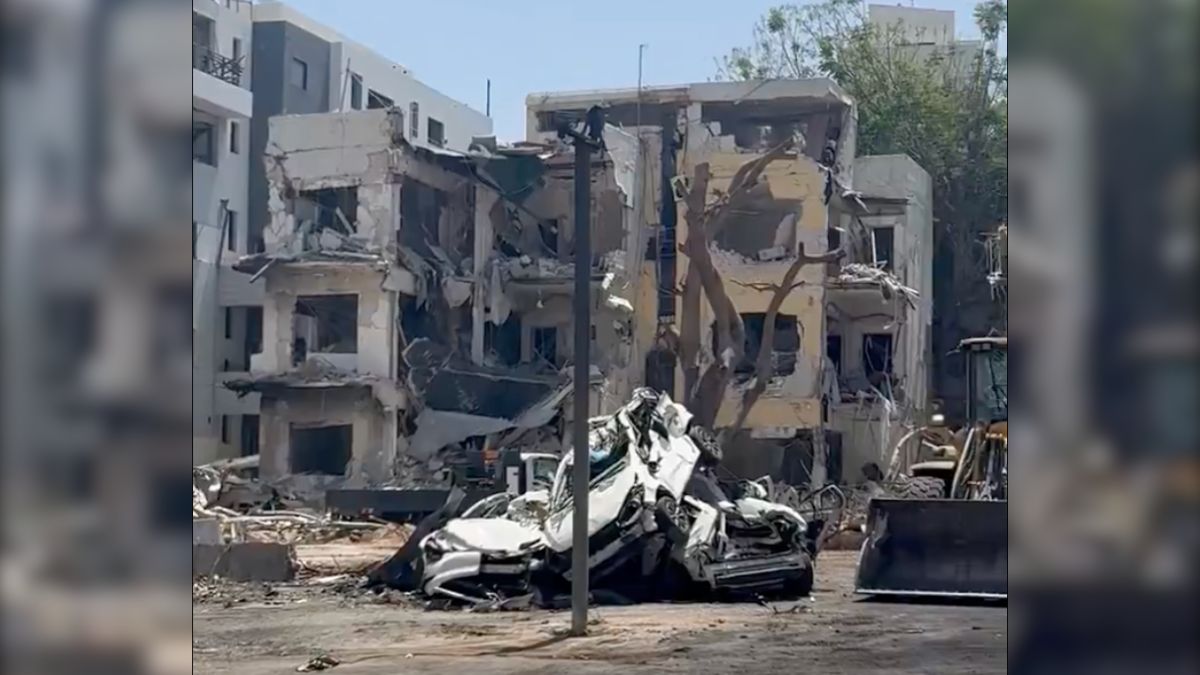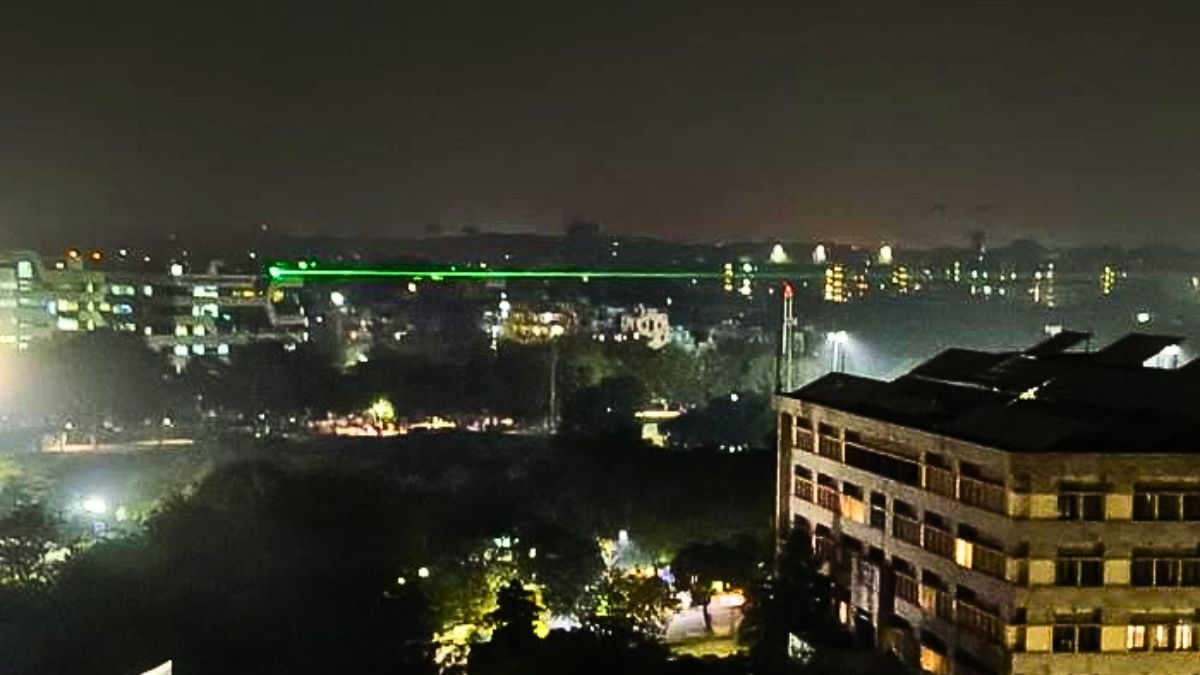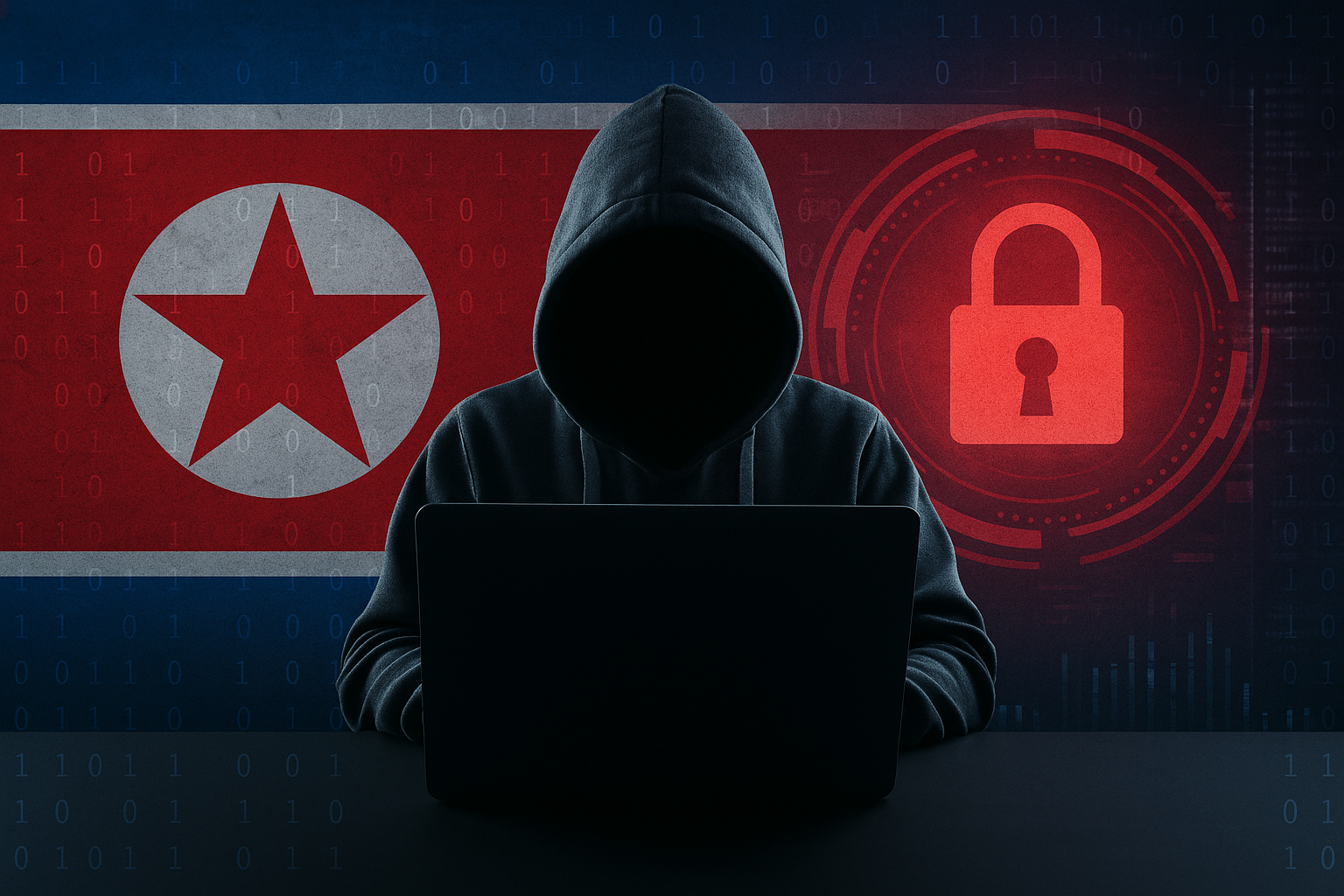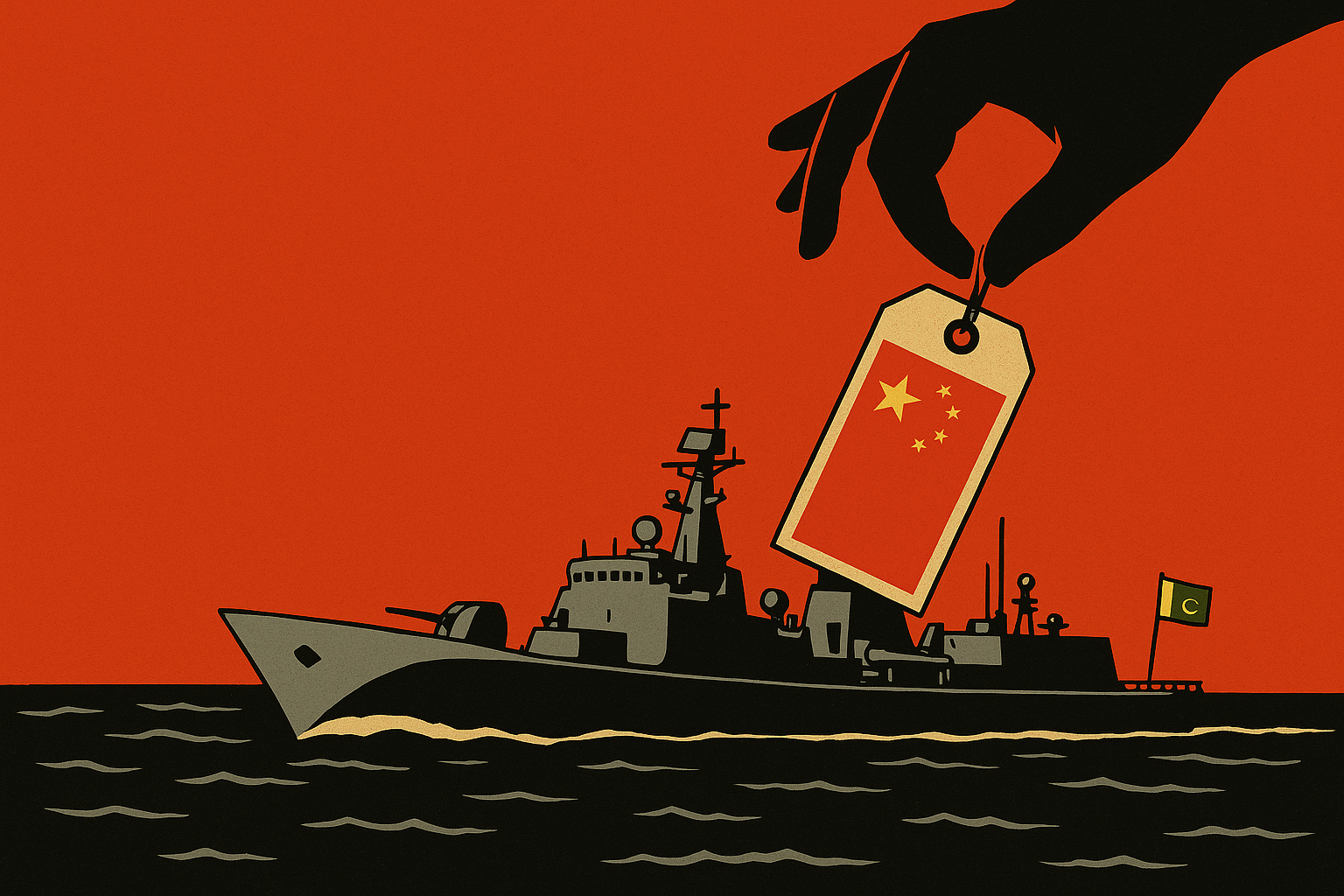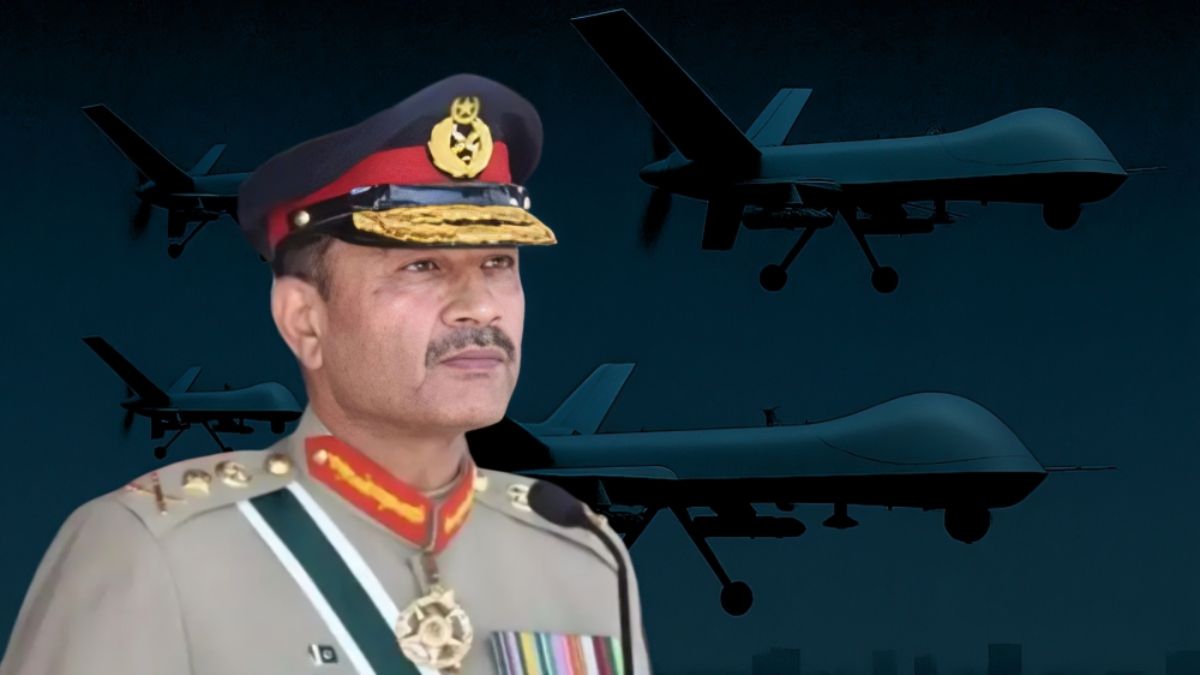Syria Faces Renewed Threat as Islamic State Mounts a Strategic Resurgence
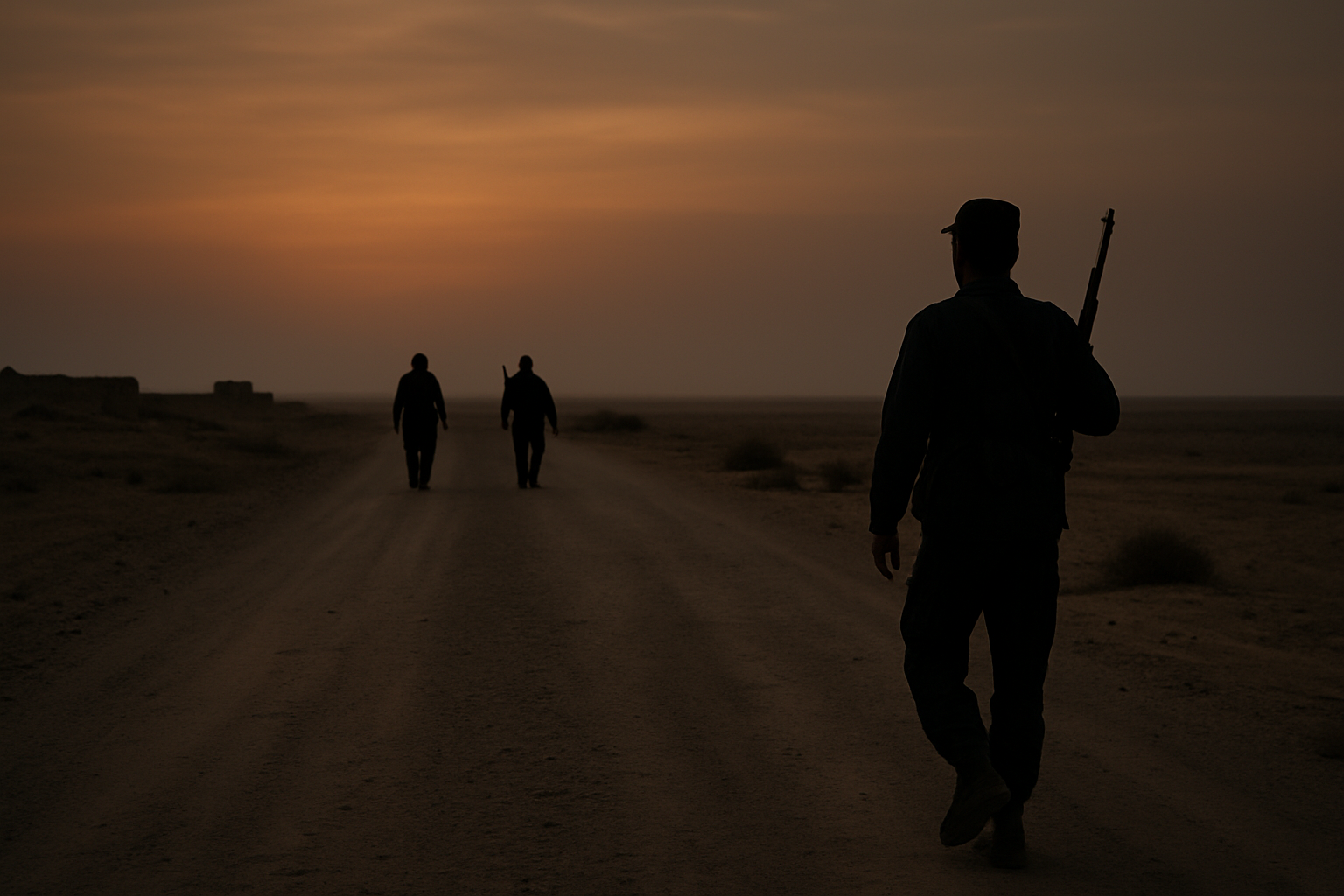
As Syria’s fledgling transitional government navigates a delicate path toward stability, a familiar menace is steadily regaining ground. The Islamic State (IS), thought severely weakened after the fall of Bashar al-Assad’s regime in December 2024, is once again intensifying its operations—posing a significant threat to the country’s fragile recovery and regional security.
Recent weeks have seen a stark increase in IS activity, punctuated by an alarming series of attacks targeting both the Kurdish-led Syrian Democratic Forces (SDF) and the newly established transitional government in Damascus. This resurgence has set alarm bells ringing in regional and Western capitals, raising critical questions about the enduring resilience of the extremist group.
A Dangerous Resurgence
After Assad’s regime collapsed under mounting domestic pressure and international isolation, IS operations initially fell dramatically, from an average of nearly 60 attacks per month in 2024 to just two in January 2025. This sharp reduction was largely attributed to targeted U.S. military strikes, dismantling the group’s infrastructure in Syria’s central desert, a former stronghold left relatively unchecked by Assad’s forces.
Yet, this apparent lull masked deeper realities. By May 2025, IS attacks had escalated dramatically, with at least 38 recorded incidents—most concentrated in northeastern Syria, a region administered by the SDF and characterised by political fragility and simmering ethnic tensions. Significantly, a devastating June 1 improvised explosive device (IED) attack on the vital Raqqa-Hasakeh highway, which killed three SDF personnel protecting oil convoys, underscored the tactical evolution and logistical recovery of IS militants.
Targeting the Transitional Government
The transitional government led by President Ahmed al-Sharaa, buoyed by international support, including a groundbreaking diplomatic rapprochement initiated by former U.S. President Donald Trump, finds itself directly in the crosshairs of IS’s strategic pivot.
In recent weeks, Syrian security forces have uncovered and thwarted numerous high-profile plots aimed at destabilising areas under government control. Among these were plans for mass-casualty attacks against religious sites such as the revered Shiite shrine of Sayyida Zeinab near Damascus and Christian communities in Aleppo. Had these attacks succeeded, they could have reignited sectarian violence, destabilising Syria’s precarious societal fabric.
In response, Damascus has intensified counterterrorism efforts, with elite General Security Service units conducting precision raids in cities such as Aleppo and Damascus. These operations have seized significant caches of weapons—including advanced anti-tank missiles, explosive vests, and even surface-to-air missiles—highlighting both the sophistication and ambition of IS’s new cells.
Exploiting Political and Sectarian Fault Lines
IS’s resurgence is deeply intertwined with Syria’s unresolved sectarian and ethnic grievances. The Kurdish-led SDF, despite military effectiveness, remains unpopular among many Sunni Arabs due to its perceived separatist ambitions. IS has strategically exploited these tensions, intensifying attacks in SDF-controlled areas, clearly viewing them as fertile ground for recruitment and operational freedom.
Furthermore, the extremist group’s calculated strikes in historically peaceful areas, such as the Druze-majority governorate of Suwayda, indicate a deliberate attempt to destabilise vulnerable communities. By targeting symbolic locations and minority populations, IS seeks to provoke retaliatory cycles of violence and undermine the government’s authority, hoping to replicate the destructive chaos that fuelled its rise in Iraq over a decade ago.
Regional and International Response
Recognising the gravity of IS’s resurgence, Syria’s transitional government is cooperating closely with regional neighbours and Western allies. In a notable development, Damascus recently established a joint counterterrorism operations centre, initially involving Syria, Turkey, and Jordan, with Iraq and Lebanon expected to join imminently. This unprecedented coordination signals growing regional recognition of the shared threat posed by IS and a pragmatic willingness to prioritise collective security.
Moreover, despite previous diplomatic tensions, U.S. military commanders remain closely engaged in Syria’s security landscape. Washington continues to provide crucial intelligence and operational support, reflecting a strategic understanding that Syria’s stability is critical for broader regional security and counterterrorism objectives.
The Long-Term Challenge
While enhanced military and intelligence cooperation is essential, defeating IS is fundamentally a battle of ideas as much as it is a battle of arms. The extremist group thrives on chaos, exploiting grievances rooted in exclusion, marginalisation, and governance failures. The most potent weapon against IS, therefore, lies in a successful political and economic transition—one that provides inclusive governance, economic opportunities, and restored social cohesion.
However, realising this vision will not be straightforward. IS has repeatedly demonstrated an alarming capacity to adapt and regenerate, exploiting fragile political transitions and unresolved communal tensions. Syria’s transitional government must prioritise a comprehensive strategy that integrates robust security measures with meaningful political reform and inclusive economic recovery.
Ultimately, Syria’s ability to emerge from decades of conflict and chaos hinges upon its capacity to overcome not only the immediate threat posed by IS but also the systemic vulnerabilities that the group so expertly manipulates. The new Damascus government, alongside its international allies and regional partners, must remain vigilant. The stakes are immense: failing to decisively counter IS’s resurgence risks plunging Syria—and potentially the broader Middle East—back into turmoil and instability.
(Huma Siddiqui is a veteran defence & foreign affairs journalist with over three decades in the Financial Express. Views expressed are the author’s own and do not reflect the editorial stance of RNA.)
